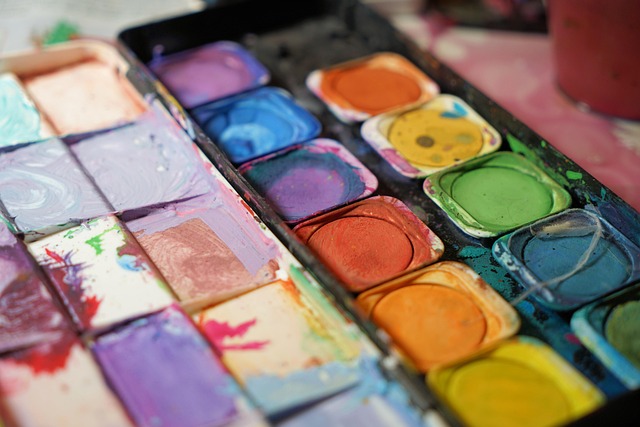In the intricate world of fine arts, there exists a fascinating genre known as psychological painting. This form of art delves deep into the complexities of the human psyche, revealing the often hidden emotions and thoughts that shape our experiences. Through vibrant colors, bold strokes, and evocative imagery, psychological painting transcends mere representation; it invites the viewer to embark on a journey into the depths of the mind.
The exploration of psychological themes in painting allows artists to express their innermost feelings, often providing a glimpse into their personal struggles, joys, and fears. The canvas becomes a mirror, reflecting not only the artist’s internal world but also resonating with the collective consciousness of culture itself. As viewers engage with these works, they may find themselves grappling with their own emotional responses, sparking a dialogue between the art and their personal experiences.
Throughout history, numerous artists have utilized psychological painting to communicate profound messages about the human condition. From the surreal landscapes of Salvador Dalí to the haunting portraits of Edvard Munch, these artists have captured the essence of human emotion in ways that speak to our shared experiences. The cultural impact of these works goes beyond aesthetics; they challenge societal norms and push the boundaries of how we understand mental health, identity, and existence.
In today’s contemporary art scene, the influence of psychological painting continues to thrive. Modern artists are increasingly addressing themes such as anxiety, depression, and existential crisis through their work. These themes resonate deeply with audiences, especially in an era where mental health awareness is gaining prominence. The ability of psychological painting to evoke empathy and provoke thought makes it a powerful tool for cultural reflection and social commentary.
As we immerse ourselves in the realm of psychological painting, we are reminded of the power of art to heal, connect, and transform. It serves as a testament to the resilience of the human spirit, inviting us to explore our inner landscapes and confront the emotions that often lie beneath the surface. This genre of painting not only enriches our appreciation of art but also encourages a deeper understanding of ourselves and our shared humanity.
The depth of the mind is a theme that resonates across cultures and time periods, reminding us that regardless of our backgrounds, we all grapple with similar feelings and experiences. Through psychological painting, artists create a space where we can not only witness pain and beauty but also find a sense of belonging within our own emotional journeys.




